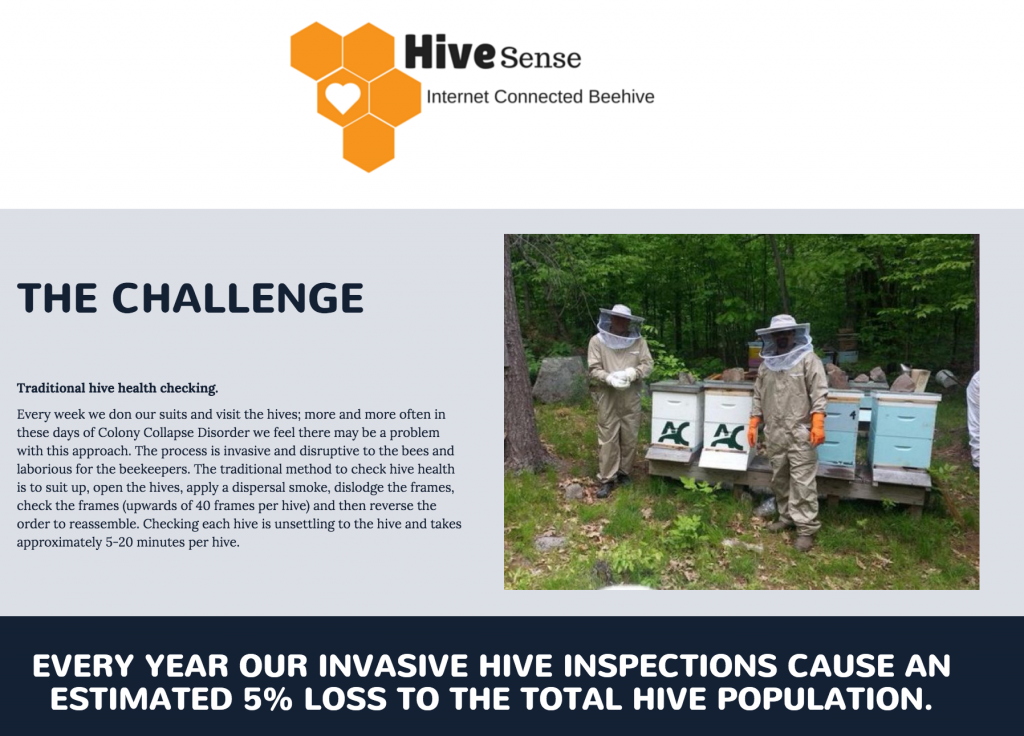Since the project was at RHoK, the team is turning the concept into a business. Read this CBC article: Algonquin College monitors its bee hives with Ottawa-based tech
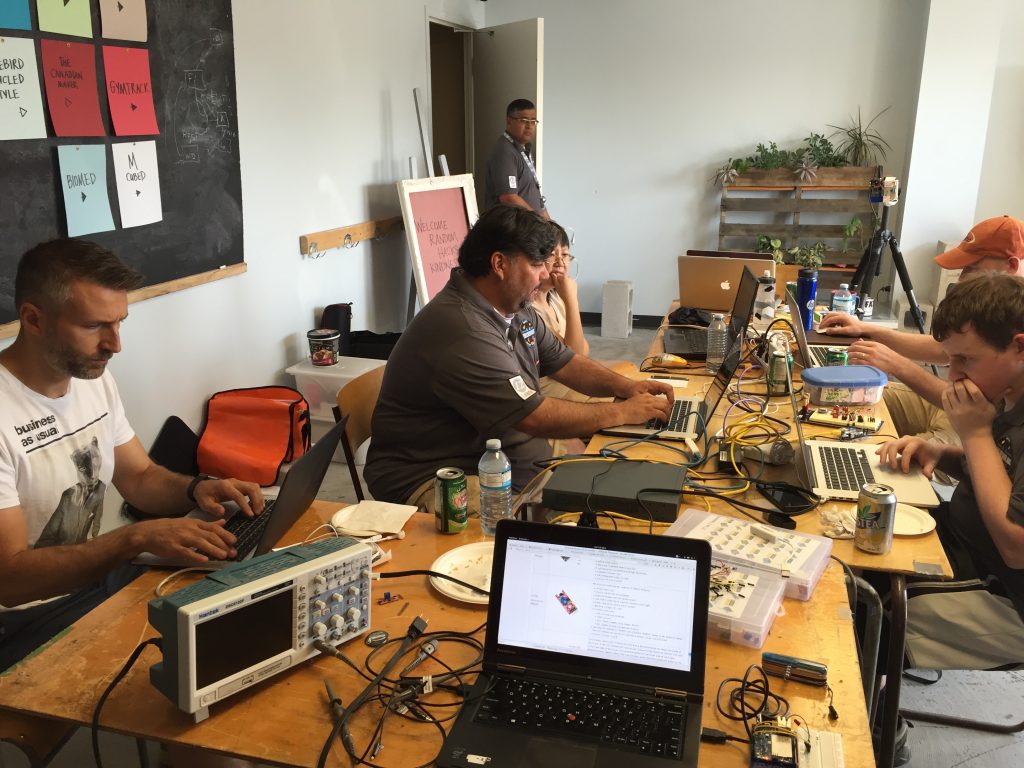
The Challenge
 David Fairbanks, a culinary instructor at Algonquin College School of Hospitality and Tourism wanted to bring aspects of “Farm to Table” into his classroom. As a beginner apiarist he believed that beehives would provide an ideal opportunity to teach impacts that humans have on our entire ecosystem and specifically, the food chain. The college has several beehives at a local apiary where David and his colleagues learn about beekeeping and transfer that knowledge to their students. By way of this project, the college is hoping to create a more immersive experience for students by connecting them digitally to the hives on a live basis and by exploring data generated by the hive itself.
David Fairbanks, a culinary instructor at Algonquin College School of Hospitality and Tourism wanted to bring aspects of “Farm to Table” into his classroom. As a beginner apiarist he believed that beehives would provide an ideal opportunity to teach impacts that humans have on our entire ecosystem and specifically, the food chain. The college has several beehives at a local apiary where David and his colleagues learn about beekeeping and transfer that knowledge to their students. By way of this project, the college is hoping to create a more immersive experience for students by connecting them digitally to the hives on a live basis and by exploring data generated by the hive itself.
Brett Tackaberry, RHoK Ottawa Director, approached Faud Khan and Twelvedot Labs to play a larger role on this project. The project was prepared and ready for participants when the RHoK weekend rolled around.
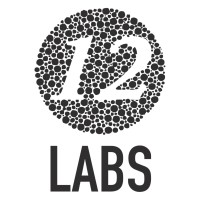 In the weeks leading up to RHoK, the goals and objectives for the weekend were established. It was determined that a system would enable real time access to data on our hives, including:
In the weeks leading up to RHoK, the goals and objectives for the weekend were established. It was determined that a system would enable real time access to data on our hives, including:
- internal heat and humidity levels
- A borescope mounted on the inside of the hive
- A web camera to monitor external hive activity and security
- A thermal imaging camera
- Recording capabilities to archive data
- Internet access
We would be able to use the Beehive platform to remotely view our hives from within our classrooms, especially during the winter semester. Students would be able to view archived footage of bees in full production, while also viewing real time thermal images of the hives in dormancy) and vice versa for Spring intake students. Remotely viewing the bee keepers (involved faculty) maintaining hives i n a real time environment would also be available.
After harvesting, samples of honey from the different hives will be given to the Biotech programme for chemical analysis. This will help to further reinforce to our students the concepts of food traceability and external factors (such as pesticide use and area flora -used for pollen and nectar harvest) that affect the Farm to Fork concept.
If we were able to collect data in a timely and meaningful manner, we could use this data to help increase hive production and we would be better equipped for future hive management protocols.
The Approach
It’s no secret that there is a worldwide crisis of a declining bee population. There are several theories as to why this might be happening, but no one really knows exactly why. Scientists are tackling this problem through studies that examine possible causes for the declining population and others are attempting to find ways to protect the precious populations that still exist by exploring non-invasive methods for monitoring and maintain beehives.

While we had a general understanding of the issue and the aim of the project at hand, we felt it was extremely important for us to get firsthand knowledge and experience and so met with David at the local apiary. In talking to the apiarist, we learned about how bees live and how even just the weekly physical inspection of the beehive can result in a 1% bee loss. When you consider the declining population of bees this can be significant over the course of one season.

Equipped with more in-depth knowledge, we set on a path to build a system that would actively (but non-invasively) monitor critical aspects of beehive life. This included temperature, humidity, sound. The challenge was to actively monitor the hive on a love basis without disturbing the natural process of honey making.
The Results
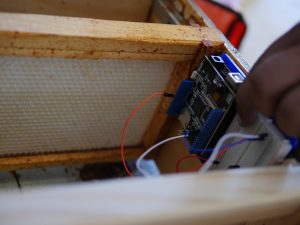

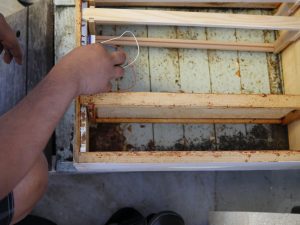
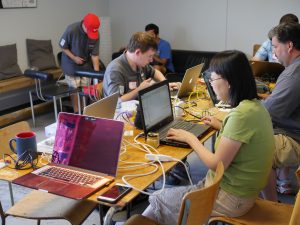
We sourced sensors and micro-controllers what would fit the bill and created a high-level architecture for the RHoK event. Given that we only had about 16 hours to complete the project, we needed to prepare some aspects in advance of the official RHoK event. Over the course of the weekend we were able to collect temperature and humidity to a web server. This data was then rendered to a mobile application that we also created over the same weekend. While we did this in a controlled environment, we are currently looking at the next stage of this project.
This includes:
- Expanding the technology to be designed for agriculture research
- Get more bee hives monitored
- Working closer with the college to expand the program and sensors being used (the classified hives above)
- Finalizing the mobile UX (see pic that follows)

Finally, more details about the project can be found on our current project site (create on RHoK weekend) at http://sites.simbla.com/2710b7fd-11c6-ede9-d2c5-b7b0fedb484a/.
